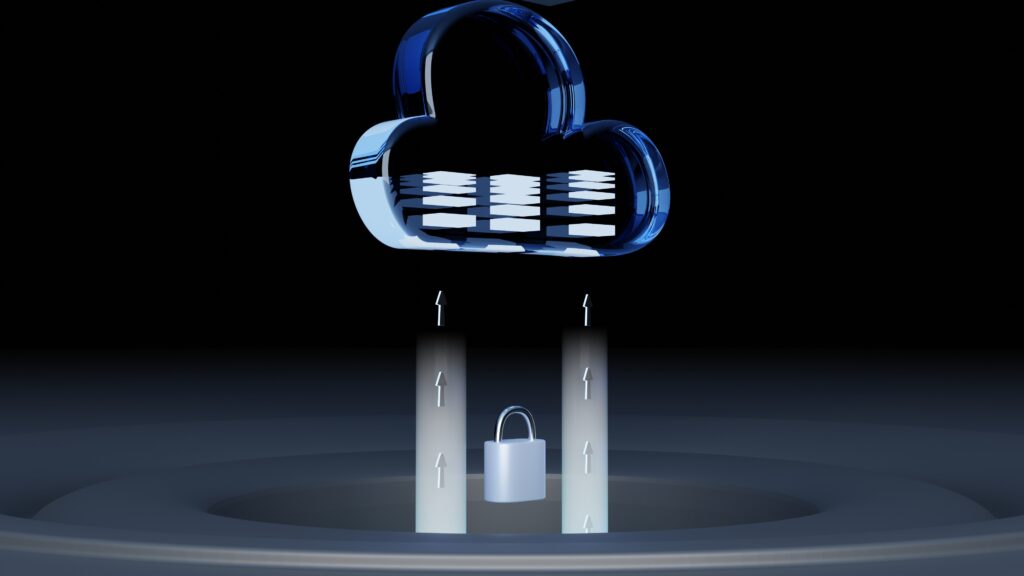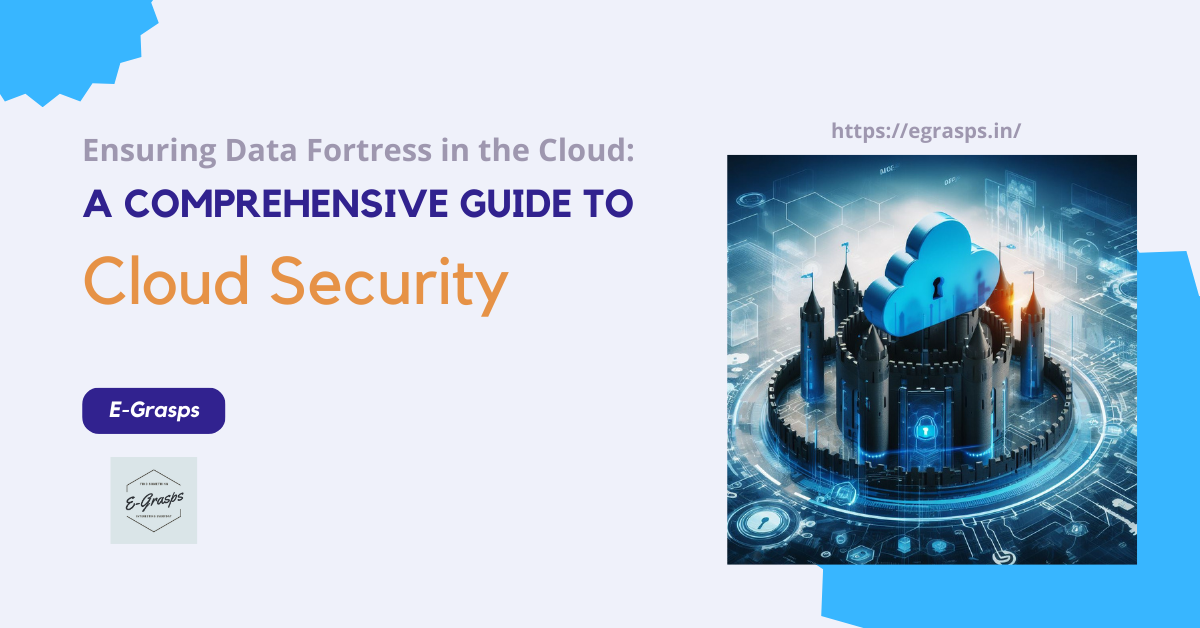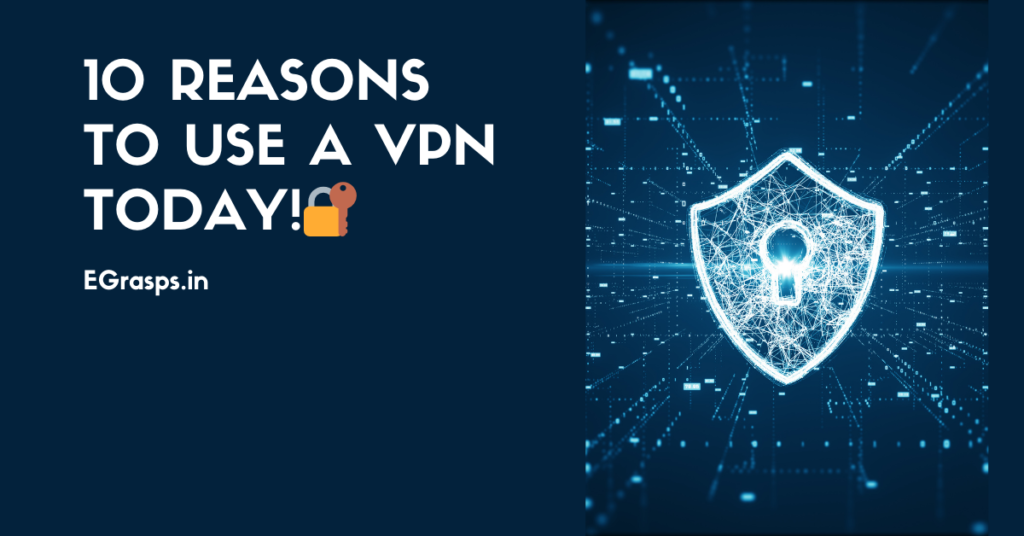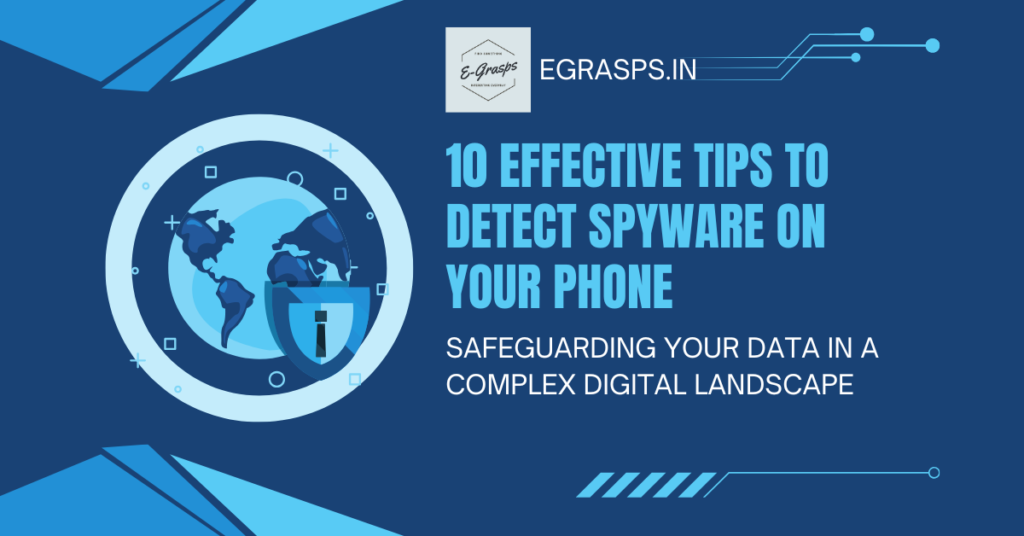Businesses all over the world have embraced the cloud as a vital tool for scalability, cost-efficiency, and agility in the age of digital transformation. Although the cloud has many advantages, it also poses a number of security risks. It has become crucial to protect critical data, apps, and infrastructure in the cloud. The changing world of cloud security is examined in this blog, which also discusses key ideas, problems, and best practices for keeping your organization’s data safe online.

Understanding Cloud Security
A collection of procedures, tools, and regulations known as “cloud security” are used to safeguard the information, software, and hardware that are housed in cloud settings.
It entails protecting against dangers, weaknesses, and breaches while making sure that legal requirements are met.
Challenges in Cloud Security
- Data breaches: For enterprises, cloud data breaches can have disastrous repercussions. Sensitive data breaches can result in monetary loss and reputational harm by compromising customer information, financial records, and intellectual property.
- Insider Threats: People who have insider access to cloud resources can be very dangerous. Employees may handle data improperly or abuse their privileges, whether consciously or unconsciously, which can result in security issues.
- Shared Responsibility Model: A shared responsibility model is used by several cloud service providers. Customers are responsible for protecting their data and applications within the cloud, while the provider is in charge of protecting the underlying infrastructure. It is essential to comprehend how these tasks are divided.
- Compliance and Regulatory Issues: Various sectors and areas have unique compliance standards. It can be difficult to make sure that your cloud infrastructure complies with these rules.
- Lack of Visibility and Control: Because cloud environments are dynamic, it can be challenging to retain complete Visibility and Control over all Assets. This may cause weaknesses to go overlooked.
Cloud Security Best Practices
- Identity and Access Management (IAM): Put in place strict IAM regulations to guarantee that only approved people and systems can access your cloud resources. Use MFA (multi-factor authentication) to provide an extra security layer.
- Encryption: Protect data when it’s at rest or in transit. Cloud service providers offer encryption, but it’s crucial to carefully maintain your encryption keys.
- Network Security: To secure data in transit, use network security measures like firewalls, intrusion detection systems, and virtual private networks (VPNs).
- Security Patch Management: Update and patch all cloud resources on a regular basis to quickly fix vulnerabilities.
- Logging and Monitoring: Make sure your cloud environment is logging and monitoring. Use third-party or cloud-native technologies to identify and address security incidents.
- Data Backup and Recovery: To maintain business continuity in the case of data loss or cyberattacks, implement frequent data backups and disaster recovery strategies.
- Security Awareness Training: Inform your staff on recommended practices for cloud security and the dangers of cloud usage.
- Compliance and Governance: Establish a governance structure to guarantee compliance with industry rules and internal security guidelines.
Cloud Security Solutions
- Cloud Access Security Brokers (CASBs): CASBs assist enterprises in enforcing security standards by giving visibility and control over cloud apps and services.
- Cloud Security Posture Management (CSPM) Tools: In cloud environments, CSPM tools evaluate and correct security misconfigurations.
- Cloud Workload Protection Platforms (CWPPs): CWPPs offer capabilities like intrusion detection and vulnerability screening with an emphasis on safeguarding workloads in the cloud.
- Cloud Identity and Access Management (IAM) Solutions: IAM (Identity and Access Management) solutions for the cloud assist in controlling user access and permissions.
- Security Information and Event Management (SIEM) Systems: SIEM systems gather and examine data on security events to find threats and take appropriate action.
Compliance and Cloud Security
For businesses working in regulated industries, compliance is a crucial component of cloud security. It entails following particular industry standards and legal obligations. Here are a few illustrations:
- General Data Protection Regulation (GDPR): In the European Union (EU), GDPR controls how personal data about individuals is processed. Data residency choices and data processing agreements are just two of the services and capabilities that cloud providers give to assist enterprises in GDPR compliance.
- Health Insurance Portability and Accountability Act (HIPAA): HIPAA requirements must be followed by healthcare institutions that handle patient data. HIPAA-compliant services are offered by cloud providers, but enterprises must set them up properly to preserve compliance.
- Payment Card Industry Data Security Standard (PCI DSS): PCI DSS mandates compliance for businesses that process credit card payments. Cloud service providers give resources and assistance for PCI DSS compliance.
To maintain compliance in the cloud environment, it’s crucial to comprehend the unique compliance rules that relate to your firm and to collaborate with your cloud provider.
Emerging Trends in Cloud Security
The difficulties and solutions related to cloud security change along with the cloud environment. Here are some new trends to keep an eye on:
- Zero Trust Security: According to the Zero Trust model, every user and device trying to access resources, regardless of where they are, should be verified before access is granted.
- Cloud-Native Security: Security solutions are becoming more integrated into the cloud-native ecosystem as serverless computing and containerization gain popularity.
- DevSecOps: Increasingly popular, DevSecOps ensures that security is integrated into the software development and deployment lifecycle.
- Artificial Intelligence (AI) and Machine Learning (ML): These technologies are used to examine enormous volumes of data to find patterns and anomalies that can help with threat detection and response.
Conclusion
The complicated challenge of cloud security necessitates a proactive and layered strategy. The cloud has many advantages, but it also brings with it new dangers.
Organizations may take advantage of the cloud’s capabilities while protecting their data from the always-changing threat landscape by comprehending the shared responsibility paradigm, putting best practices into effect, using security solutions, and remaining compliant.
Keep in mind that maintaining cloud security requires continuing attention to detail and adaptation to new threats and technology.
Reach out to us for training on Cyber Security for your organization/employees.
We hope that we bring some value to your life by posting our content, which might meet your expectations. You can always comment on the post to give feedback or reach out to us through email to share what you like to read on our blog.
Reach out to us using email: [email protected]
Open Demat Account with Upstox | Zerodha
Find More Articles on Our Website: EGrasps
You can reach out to us on WhatsApp.
Disclaimer:
- All the information provided by us “EGrasps.in” are for educational purposes only.
- Display of any trademarks, tradenames, logos, and other subject matters of Intellectual Property (IP) belongs to their respective Intellectual Property (IP) owners. Display of such IP along with the related product information does not imply EGrasps.in‘s partnership with the owner of the Intellectual Property or issuer/manufacturer of such products.



